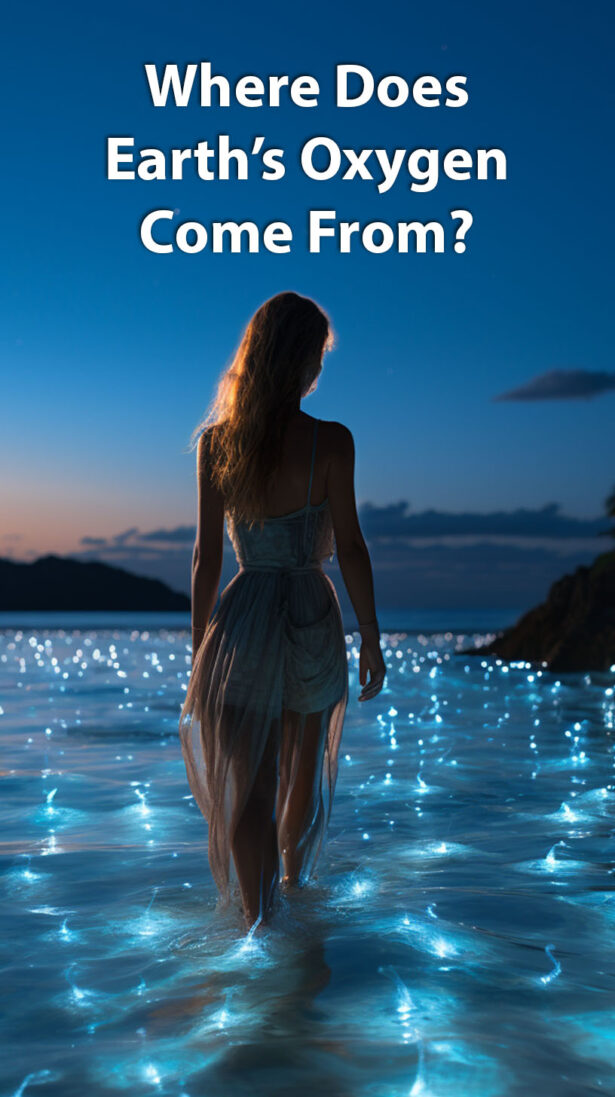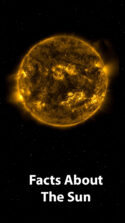A lot of people get this wrong…
The source of Earth’s oxygen is often attributed to trees and other plants. While trees contribute to the oxygen in our atmosphere, the main source is actually phytoplankton–the algae growing in lakes and oceans.
Video Transcript:
Oxygen is essential for life on Earth. From humans, animals, fish and even insects.
Plants also use oxygen at night when photosynthesis is not occurring.
You probably thought trees were the largest natural source of our oxygen, right?
While trees, grass and plants do contribute to our oxygen supply, there is a bigger creator of oxygen.
Here’s a clue: it’s in the water.
Maybe you thought water evaporation was the answer?
Nope! Evaporation doesn’t create oxygen, it’s only a change in state from liquid to gas.
There is a process called Photolysis in the upper atmosphere that uses UV radiation to split oxygen into free atoms. But this is a very small amount of O2.
So what is the largest source of Earth’s oxygen supply.
The answer is Phytoplankton, the algae living in oceans and lakes around the world.
Phytoplankton use photosynthesis in the same way plants convert sunlight and carbon dioxide into oxygen.
Phytoplankton is estimated to produce 50 – 80 percent of the world’s oxygen.
There are many types of phytoplankton, some are bioluminescent, glowing blue in the dark.
Video footage: Pixabay
Images: Jef Gray-Midjourney
Production: International Peace and Film Festival @intpeacefest










